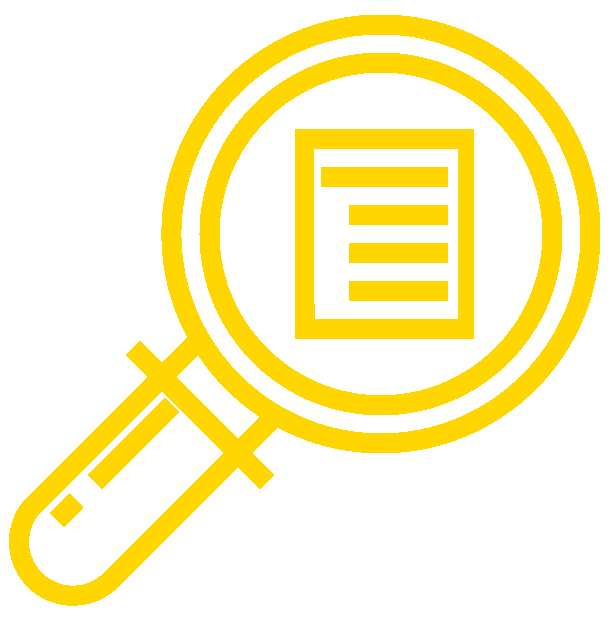17.11: Learning Outcomes
- Page ID
- 47241
\( \newcommand{\vecs}[1]{\overset { \scriptstyle \rightharpoonup} {\mathbf{#1}} } \) \( \newcommand{\vecd}[1]{\overset{-\!-\!\rightharpoonup}{\vphantom{a}\smash {#1}}} \)\(\newcommand{\id}{\mathrm{id}}\) \( \newcommand{\Span}{\mathrm{span}}\) \( \newcommand{\kernel}{\mathrm{null}\,}\) \( \newcommand{\range}{\mathrm{range}\,}\) \( \newcommand{\RealPart}{\mathrm{Re}}\) \( \newcommand{\ImaginaryPart}{\mathrm{Im}}\) \( \newcommand{\Argument}{\mathrm{Arg}}\) \( \newcommand{\norm}[1]{\| #1 \|}\) \( \newcommand{\inner}[2]{\langle #1, #2 \rangle}\) \( \newcommand{\Span}{\mathrm{span}}\) \(\newcommand{\id}{\mathrm{id}}\) \( \newcommand{\Span}{\mathrm{span}}\) \( \newcommand{\kernel}{\mathrm{null}\,}\) \( \newcommand{\range}{\mathrm{range}\,}\) \( \newcommand{\RealPart}{\mathrm{Re}}\) \( \newcommand{\ImaginaryPart}{\mathrm{Im}}\) \( \newcommand{\Argument}{\mathrm{Arg}}\) \( \newcommand{\norm}[1]{\| #1 \|}\) \( \newcommand{\inner}[2]{\langle #1, #2 \rangle}\) \( \newcommand{\Span}{\mathrm{span}}\)\(\newcommand{\AA}{\unicode[.8,0]{x212B}}\)

The content, assignments, and assessments for this course are aligned to the following learning outcomes. A full list of course learning outcomes can be viewed here: Macroeconomics Course Learning Outcomes.
Module 1: Economic Thinking
- Explain what economics is and explain why it is important
- Use mathematics in common economic applications
- Use graphs in common economic applications
Module 2: Choice in a World of Scarcity
- Explain the cost of choices and trade-offs
- Illustrate society’s trade-offs by using a production possibilities frontier, or curve
- Explain the assumption of rationality by individuals and firms
Module 3: Supply and Demand
- Describe and differentiate between major economic systems
- Explain the determinants of demand
- Explain the determinants of supply
- Explain and graphically illustrate market equilibrium, surplus and shortage
Module 4: Applications of Supply and Demand
- Analyze the economic effect of government setting price ceilings and floors
- Define, calculate, and illustrate consumer, producer, and total surplus
- Examine ways that supply and demand apply to labor and financial markets
Module 5: Elasticity
- Explain the concept of elasticity
- Explain the price elasticity of demand and price elasticity of supply, and compute both using the midpoint method
- Explain and calculate other elasticities using common economic variables
- Explain the relationship between a firm’s price elasticity of demand and total revenue
Module 6: Macroeconomic Measures: GDP and Economic Growth
- Define macroeconomics and explain how economic indicators like GDP are used to assess the state of the economy
- Differentiate between and calculate nominal and real GDP
- Describe economic growth
- Understand that economic growth is a relatively recent phenomenon, and identify key institutional factors that contribute to economic growth
Module 7: Macroeconomic Measures: Unemployment and Inflation
- Describe and calculate unemployment
- Examine causes and types of unemployment, including cyclical, frictional, structural, and natural unemployment
- Define inflation and explain how the rate of inflation is calculated
- Identify the consequences of inflation
Module 8: The Aggregate Demand-Aggregate Supply Model
- Use the AD-AS model to explain the equilibrium levels of real GDP and price level
- Examine factors that shift aggregate supply and aggregate demand
- Illustrate economic growth, unemployment, and inflation using the AS/AD model
Module 9: Keynesian and Neoclassical Economics
- Describe the tenets of Keynesian Economics
- Explain policy implications of Keynesian economics
- Understand the tenets of Neoclassical Economics
- Describe how the neoclassical model responds to fluctuations in the economy and explain policy recommendations
- Compare and contrast the Keynesian and Neoclassical perspectives
Module 10: The Income-Expenditure Model
- Use the expenditure output model to explain periods of recession and expansion
- Explain and find macro equilibrium in the income-expenditure model
- Explain why the expenditure multiplier happens and how to calculate its size
Module 11: Fiscal Policy
- Identify the major spending categories and major revenue sources in the U.S. Federal budget
- Explain fiscal policies, including automatic, expansionary, and contractionary fiscal policies
- Compare neoclassical and Keynesian approaches to Fiscal Policy
Module 12: Money and Banking
- Define money, explain the functions of money, and define liquidity
- Describe the role financial markets play in an economy
- Explain what a bank does
- Describe how money is created by lending
Module 13: Monetary Policy
- Explain the structure, functions, and responsibilities of the Federal Reserve System
- Describe monetary policy and the Fed’s three main policy tools
- Explain how monetary policy affects GDP and the interest rates
Module 14: Policy Applications
- Compare viewpoints on government spending and taxes between the Keynesian and Neoclassical perspectives
- Explain the reasoning behind the theory of the Phillips Curve and why it may not hold
- Describe the basic tenets of new classical economics, including Ricardian equivalence
- Identify appropriate macro policy options in response to the state of the economy
Module 15: Globalization and Trade
- Define and calculate comparative advantage, and understand how countries choose which goods and services to trade internationally
- Explain how barriers to trade (like tariffs, quotas and non-tariff barriers) affect businesses, consumers and workers in the economy
- Differentiate between alternative international trade regimes and how they impact global trade
Module 16: Exchange Rates and International Finance
- Define currency exchange rates and explain how they influence trade balances
- Analyze how supply and demand affects foreign currencies and exchange rates
- Explain how the balance of trade (surplus or deficit) affects the domestic economy
Contributors and Attributions
CC licensed content, Original
- Learning Outcomes. Provided by: Lumen Learning. License: CC BY: Attribution
CC licensed content, Shared previously
- Magnify. Authored by: Eucalyp. Provided by: Noun Project. Located at: https://thenounproject.com/term/magnify/1276779/. License: CC BY: Attribution

